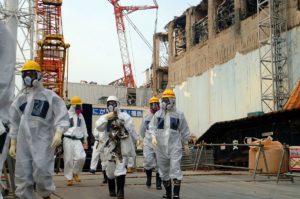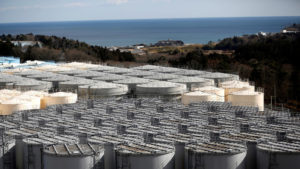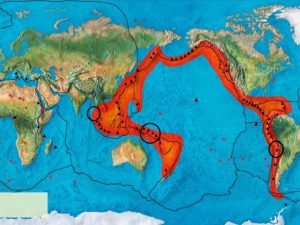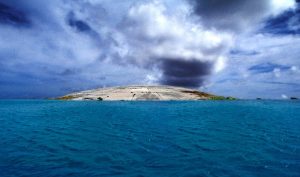
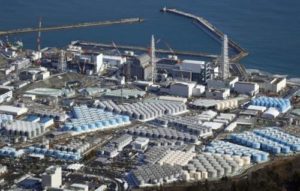
Tyler Durden – April 12, 2021
We live in a bizarre world: one where the the Keystone XL pipeline must be shut in case of a hypothetical (and extremely unlikely) leak, but where Japan is allowed to dump over one million tons of radioactive water into the Pacific Ocean. Actually, it’s either bizarre or simply exposing just how profoundly hypocritical, self-serving and corrupt the ESG/Green/Greta Thunberg theater truly is.
Last week we wrote that ten years after the Fukushima disaster, Japan had finally come “clean”, and admitted that it is “unavoidable” that it would have to dump radioactive Fukushima water in the Pacific Ocean. Fast forward to today when moments ago Kyodo confirmed what we already knew: the Japanese government decided to release treated radioactive water accumulating at the crippled Fukushima Daiichi nuclear power plant into the sea, having determined “it poses no safety concerns to humans or the environment” despite worries of local fishermen and neighboring countries.
So an oil pipeline whose odds of leaking are virtually zero must be shuttered immediately, but a million tons of radioactive water is “safe” and can be released into the Pacific Ocean, from where it will eventually finds its way into billions of humans around the globe.
But wait, the insanity gets better: Japan’s decision to release all this radioactivity into the ocean was backed by none other than the “scientists” at the International Atomic Energy Agency, with Director General Rafael Grossi saying it is “scientifically sound” and in line with standard practice in the nuclear industry around the world.
So… the IAEA has a standard practice of what exploded nuclear power plants do with their fallout water? And how often has this particular standard practice been invoked we wonder?
Between this and the covid debacle, one can almost see why nobody trusts the world’s so-called scientists any more.

